Iron can have bad effects on our health and sooner or later people start to realize that removing iron levels is crucial for the health and well-being of our families. So, tackling the first issue, Can a water softener remove iron? Well, truth be told, softeners are not the kind of equipment that can trap iron, especially dissolved iron.
Softeners only rely on their semi-permeable membrane to facilitate an overarching ion exchange process. It’s based on pure chemistry and its laws to clean water. Hence, here the subject is quite tricky. We will discuss the procedures of iron cleaning with a much more detailed view.
Does a Water Softener Remove Iron?
Water oftener can remove a little amount of iron. High level of iron cannot be treated using standard water softeners. Water softeners indulge in ion exchange to remove the hardness of the water. This similar ion exchange process can also lead to what I call the conversion of ferric iron (dissolved iron) to ferrous iron (the state of iron when oxidized).
This type of iron is much easier to clean. So the iron can be tracked and divided into two major categories in water. Let us know about them:
|
Dissolved Iron |
Ferrous Iron |
| Iron that is soluble | Iron that is insoluble |
| Visible to the naked eye | Not visible to the naked eye |
| Need to be converted and oxidized to clean water | Need to be just accumulated and rinsed off of traditional iron filter/water filter |
| Ionic process in water softeners turn dissolved iron to ferric iron | Softeners extract the iron and hence eliminate the red color in our water |
Now, as you are clear with the differences that exist between both ferrous and dissolved iron, you need to understand how they are cleaned in a softener? So, here is the trick, softeners indulge in a similar ion exchange process, as similar as it does to soften water. Now, what happens is, while in this ion exchange process the iron content becomes exposed, and hence through oxidation, the Ferric iron (dissolved iron) becomes Ferrous iron.
Now Ferric iron as you know is the insoluble iron and the excess iron that is denser than water hence it remains insoluble. So, what can be done? Well, one needs to simply then extract it. Now, at this moment both the converted Ferric oxide and the pre-existing ferric iron have the property of getting stuck. That means that while purifying and cleaning your water the ferric iron leaves iron stains in your resin that is used for softening your water.
Iron Levels in Water (ppm)
A typical 0.3ppm of iron in water can cause iron staining on your softener. The levels can rise abnormally and it’s purely not possible to clean it through just a softener. More water cleaning equipment has to be used such as an iron filter to clean your water. 1ppm of iron equates to 1mg of iron. It also means that if you have a number higher than 1 mg of iron in your water, your water softener will start staining.
How Much Iron Will a Water Softener Remove?
A typical water softener can only clean water at the best of 1mg iron which equals 1 spoon of solid iron. But in many places in and around the US, cities such as Phoenix and Wisconsin have as high as 10-15mg of iron in their water. That is a 15-time increase in what a softener could clean.
Iron Filter vs Water Softener
|
Iron Filter |
Water Softener |
| Iron Filters are installed on an water softener | Water softener cannot remove ferric iron (dissolved iron) rather have to depend on an iron filter |
| Iron Filters follow the oxidation process to expose and convert the Ferric iron into Ferrous iron | Water Softeners convert Ferric to Ferrous through a limited ion exchange. But after converting the resin bed which houses sodium and potassium ions are clogged with ferrous iron |
| Iron Filters push the water to an air filter to execute oxidation process | Water Softeners carries out an ion exchange process which also causes oxidation |
| Can remove 100% iron | Cannot remove 100% iron |
| If used with Chlorine generators, it also removes iron bacteria | Chlorine application can be difficult in softeners |
| Iron Filters employ aeration or oxidation filtration to clean water | Water Softeners tend to embed chemical filtration technique in cleaning water |
| Effective only on getting rid of iron from water | With minute success in iron removal, softeners also soften water and remove hard bound minerals. It adds sodium which can be detrimental. But you can use an additional filter to extract the sodium content out. Distillation works best. |
Best Water Softener for Iron Removal
Below I have tried to list 2 water softeners which can serve maximum iron removal for you.
AFW Filters IRON Pro 2 Combination
AFW Filters Built Fleck is a different kind of water softener, but how is it different? Let me try to make you understand the mechanics it employs with backwash. A water softener requires a strong backwash as that would well determine How much iron can be processed? It comes with 64000 Grains.
- Comes with a carbon filter and upgraded 10% resin
- Provides installation and manual support
- 5-year warranty for Fleck Valve
- 10-year warranty for the tank
- Has Carbon media to backwash
- Excellent in managing iron
- Comes with an iron filter
Through the exchange of ions, mostly a lot of Ferric iron is essentially converted to Ferrous. It tends to stick in the resin bed which for a long duration becomes a headache and requires frequent backwash. This is an upscale softener/filter that has carbon filters that can remove water filters. You can expect it to remove most of the contaminants. Along with this, it also comes with a separate iron filter which is embedded in the softener itself.
The water filter works best for its support, manual and technical. The warranty time frame it provides and the wide array of top-notch items used for softening like carbon mesh for backwash and 10% extended resin mark it as a better product than its peers.
- Includes manual and technical support
- Wide period of warranty
- Comes with an iron filter
- Being a softener can clean iron less effectively
- Only for limited household members
DURAWATER Iron Blaster Combination
Durawater is a great product since it provides you the option of softening your water as well as removing iron. It can remove 6-7ppm of iron with its combination filters. For hardness in water, it’s well equipped to remove 85 gpg from your water. It comes with 80000 Grains.
- Effective resin to remove iron
- 5600SXT Meter Valve for cleaning
- Comes with 5-year warranty
- Cleans Manganese, Rust, and sand
- Removes iron up to 7 ppm
- Removes Manganese up to 7 ppm
- 18X40 Brine Tank
- Bypass Valve to accumulate water
It has an extended resin bed which will make sure that the hard water is cleaned. It comes with some excellent assistance as well. It comes with a 5-year warranty deal. The product is manufactured and marketed in the US itself, which indicates that the product is carefully manufactured.
This product has some great specifications but to top it all along with a 5600SXT Valve or a strong iron filter. Ability to hold a lot of water in its 18×40 Brine Tank or the 5-year warranty in the valve. The iron filter acts as a cherry on top despite all these amazing features of this water softener/iron filter.
- Has a large brine tank
- 5 year warranty on its valve
- Iron filter that can remove iron grains upto 7 ppm
- Removes Manganese, sand particles and dust
- Efficiency of softening can have an edge over iron removal and cleaning
Recommended Reading: Does a Water Softener Remove Iron?
Does Boiling Water Remove Iron?
Boiling water is simply the water that tends to be existential after reaching a boiling point. What happens when water reaches this boiling point, can it remove iron? Here are set of pointers clearing it:
- Boiling water can be great for killing parasites, bacteria, and even viruses. But you do have to remember that rust/iron (ferric or ferrous) is not simply just a bacteria that you can kill.
- The process will involve extracting the material out of the water through a combination of processes.
- Indulging in a chemical altercation assisted in water softeners through the exchange of ions.
- Using iron filters employ aeration to oxidize ferric to ferrous iron and then filter those particles.
- There are also techniques such as reverse osmosis that treats water through a semipermeable membrane that can destroy minuscule micrometers. It is effective in case of excessive Ferric iron in the water.
Final Say on Removing Iron from Water
Frankly speaking, iron cleaning seems to be even tougher than a water softener. The only way out is to use an iron filter or a softener that has an iron filter. There are filters that clean iron from water. But to do it efficiently we might have to rely on Reverse Osmosis, especially for white iron/soluble iron. Hope you liked this read.

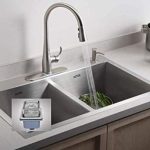

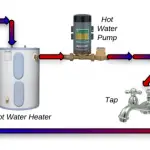
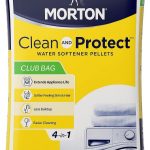

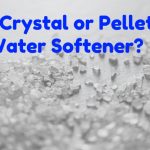
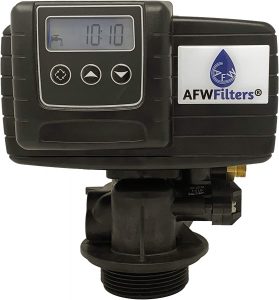
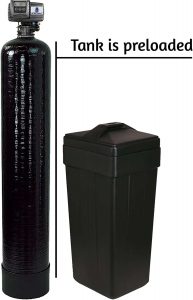
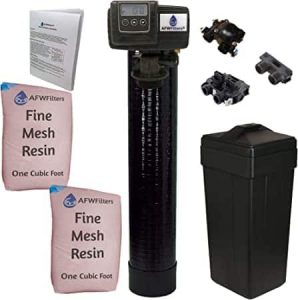
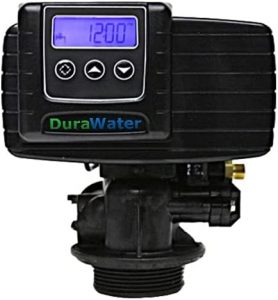
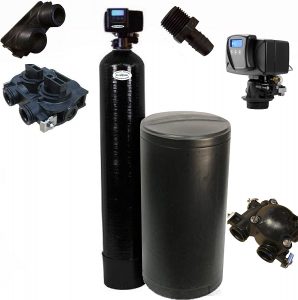





Add Comment